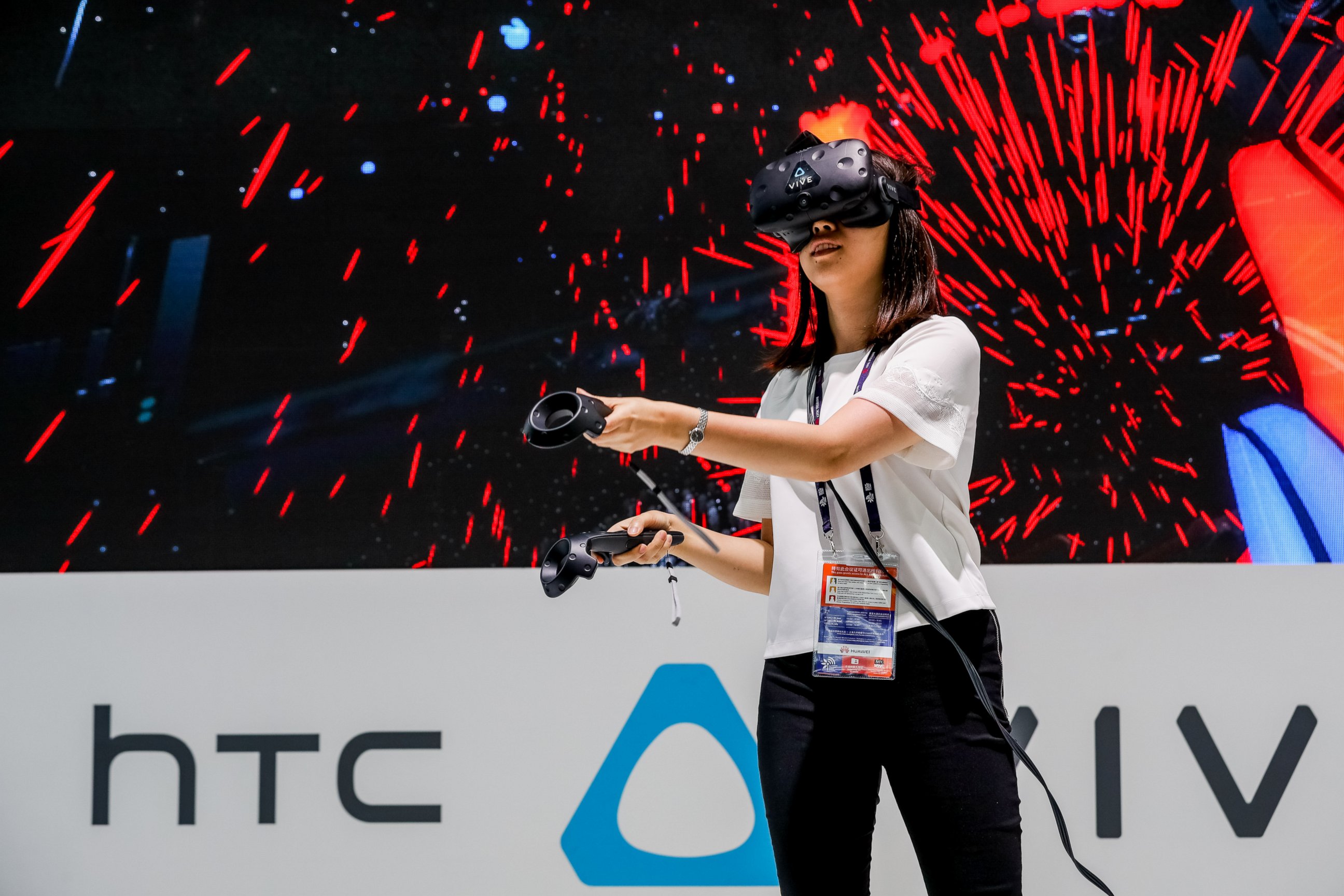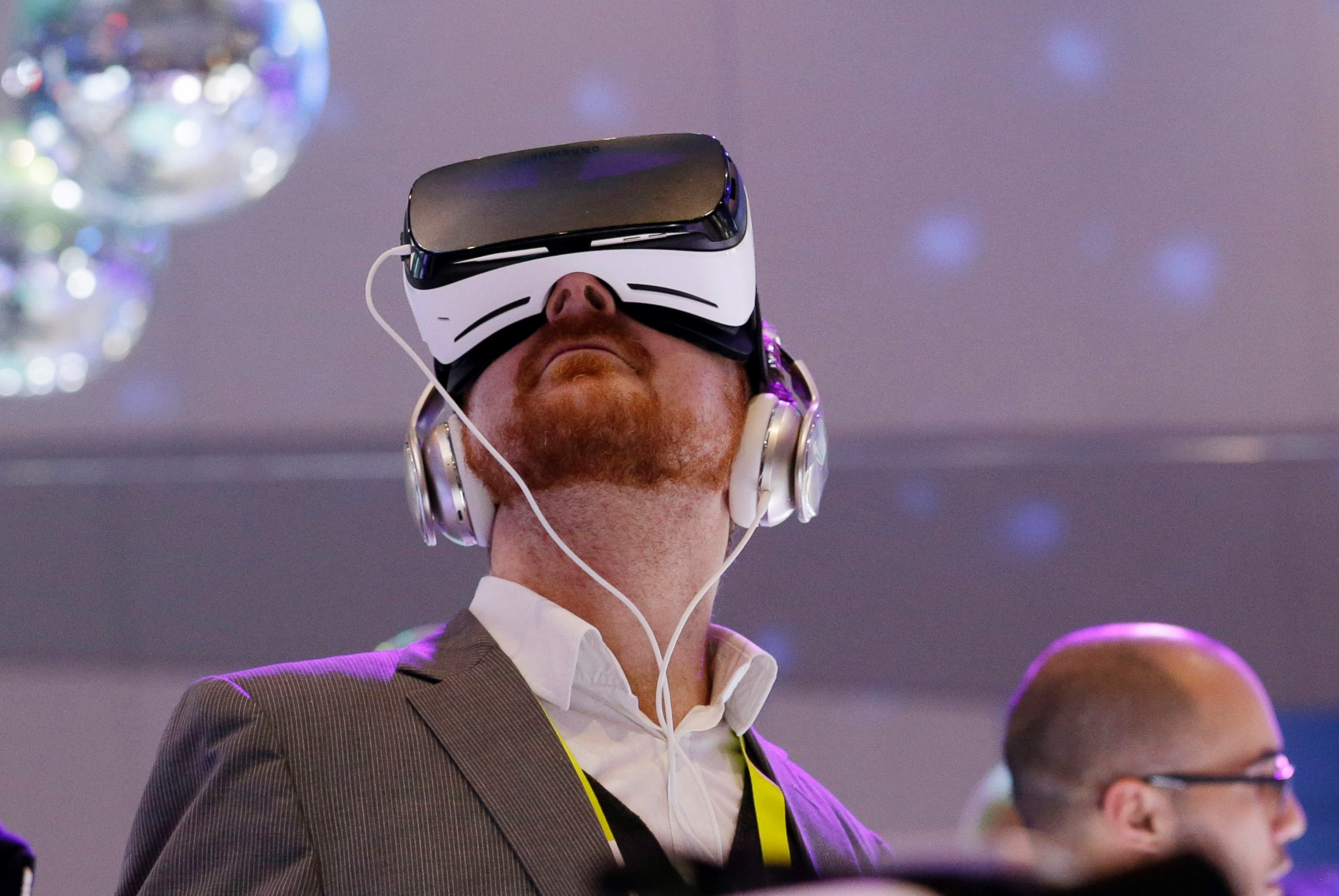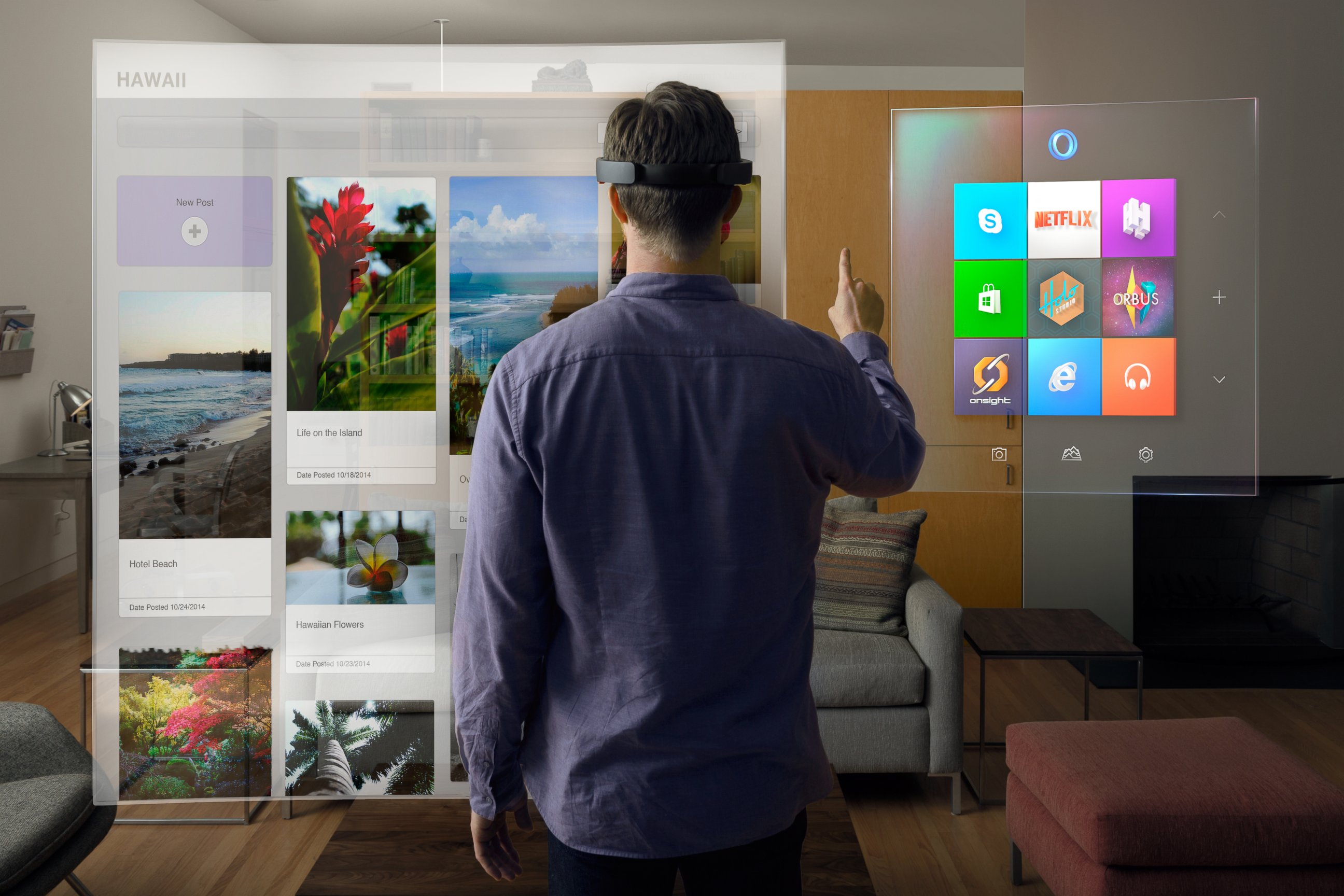Exclusive: Why Apple CEO Tim Cook Prefers Augmented Reality Over Virtual Reality
Tim Cook said augmented reality allows consumers to be more "present."
— -- In an exclusive interview with ABC News, Apple CEO Tim Cook said he favors augmented reality (AR) over virtual reality (VR), and suggested the emerging technology may be more commercially viable because it allows users to be more "present."
Cook's comments, made during a wide-ranging interview with ABC News' "Good Morning America," may suggest which product categories the tech giant is looking to develop in the future.
"There's virtual reality and there's augmented reality -- both of these are incredibly interesting," Cook told ABC News' Robin Roberts. "But my own view is that augmented reality is the larger of the two, probably by far."
Test Drive: A Selection of ABC News' VR Content
For a complete selection of ABC News' VR content, click here.
Augmented reality -- games and applications that impose digital imagery over real-life video -- has exploded onto the consumer tech scene in recent months, most notably with this summer's hit mobile video game Pokémon Go, which overlays the game's characters onto images taken in real time from the camera on the player's phone.
It stands in contrast to virtual reality, which often employs a special headset and only digital imagery, which does not depend on the environment around the user. Virtual reality has been championed by news companies like ABC News and The New York Times, who have used it to tell immersive stories in ways not available in traditional media.
While Pokémon Go and other AR apps are currently available for Apple's iPhone, Apple itself has not yet produced any of its own AR or VR products.

In the exclusive interview that took place at a school in Harlem in New York City, Cook detailed applications of AR technologies that he could foresee becoming commonplace.
Cook told Roberts that AR "gives the capability for both of us to sit and be very present, talking to each other, but also have other things -- visually -- for both of us to see. Maybe it's something we're talking about, maybe it's someone else here who's not here present but who can be made to appear to be present."
"There's a lot of really cool things there," Cook said.
Because of the more "present" nature of AR, Cook suggested that it may be more commercially viable than VR.
"Virtual reality sort of encloses and immerses the person into an experience that can be really cool, but probably has a lower commercial interest over time," Cook said. "Less people will be interested in that."

Cook did not write-off VR altogether, however, and was quick to note that it had its own unique uses.
"There's some really cool areas there for education and gaming that we have a lot of interest in," Cook said of VR.
Modified reality applications are still very much in their infancy, but have been picking up steam recently.
Not much is known about Apple's own research into modified reality technologies.
MacRumors, a site that tracks Apple and its products, claims that "Apple is investigating multiple ways virtual and augmented reality could be implemented into future iOS devices or new hardware products," but warns that, "it isn't yet known when a VR or AR product will launch."
It said that "Apple's focus on the technology has ramped up over the past several months."

Apple certainly is not the only company researching virtual and augmented reality products. Among others, Facebook, Google, HTC, Samsung, Microsoft and others are all looking into the technology.
Facebook, for its part, purchased Oculus VR, a leading virtual reality company, in 2014. Its Oculus Rift headset is already on the market.
Google, maker of the Android operating system, which competes with Apple's iOS, has developed an ultra simple cardboard headset that allows users to insert their smartphones.
Later this year, Google is expected to release Daydream, a virtual reality headset and controller that will compete with the Oculus headset.
HTC has developed HTC Vive, a room-scale implementation of augmented reality, which allows users to move about a room while interacting with a digital environment.
Microsoft, going the augmented route, has developed Hololens, a headset that projects digital imagery into your field of vision so that the artificial images appear in the real-world environment.
Meanwhile, Samsung -- perhaps Apple's closest competitor in the smartphone market -- has released, in collaboration with Oculus, a headset known as Gear VR, which allows users to immerse themselves in game, video and other VR environments.




